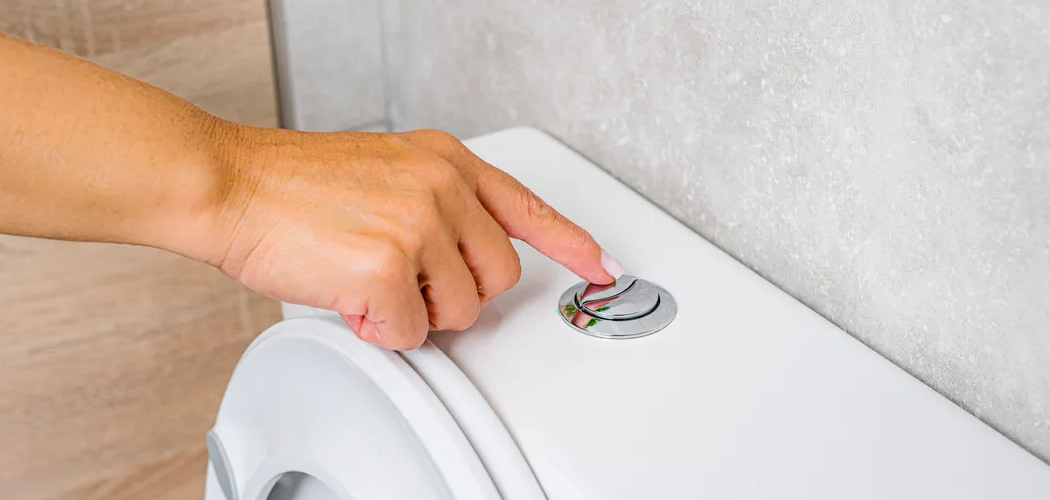Composting toilets are an eco-friendly and efficient solution for managing human waste, particularly in off-grid homes, cabins, or areas with limited access to traditional sewage systems. Unlike conventional toilets, these systems use natural processes to break down waste into usable compost, reducing water consumption and helping to enrich soil. Proper maintenance is crucial to ensure the composting toilet operates effectively and remains odorous-free. In this blog post, we’ll walk you through the steps on how to maintain a composting toilet so that you can get back to using it in no time! So grab your tools, and let’s get started!
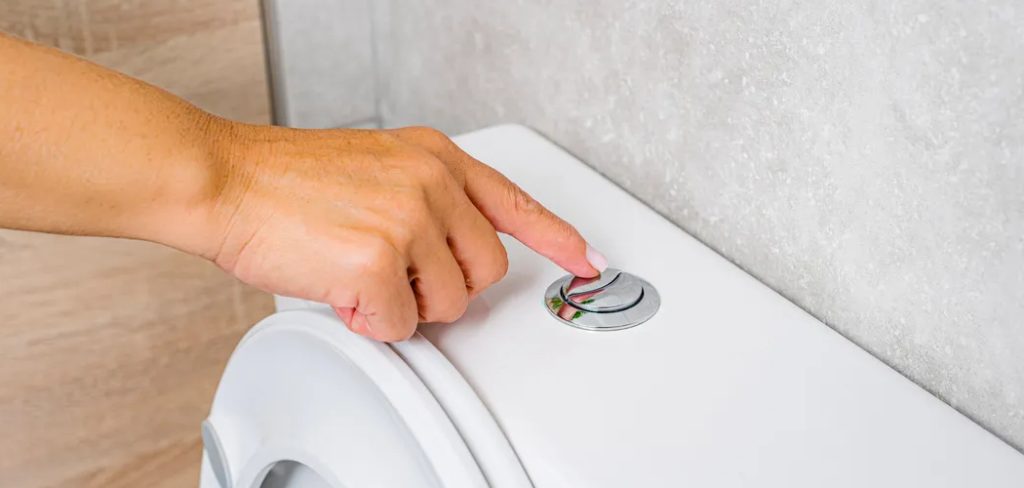
Importance of Regular Maintenance
Regular maintenance is essential to keep your composting toilet functioning efficiently and to prevent any unpleasant odors or complications. By routinely managing the system, you ensure that the composting process runs smoothly and that waste breaks down properly into usable compost.
Neglecting maintenance can lead to an imbalance in the system, causing issues such as excessive moisture, improper decomposition, or pests. Additionally, regular care extends the lifespan of the toilet and promotes hygiene and environmental safety. A well-maintained composting toilet not only benefits the user but also contributes positively to sustainable practices by reducing waste and conserving resources.
Regular Cleaning and Inspection
To ensure optimal performance, regular cleaning and inspection of a composting toilet are essential. Cleaning should be done with eco-friendly, non-toxic products to avoid disrupting the composting process or harming beneficial microbes. Surfaces such as the toilet seat, exterior, and surrounding areas should be wiped down frequently to maintain hygiene.
Meanwhile, inspections should include checking for proper ventilation, monitoring moisture levels, and ensuring that components like the agitator or fan (if present) are functioning correctly. Addressing any signs of wear or malfunction promptly can prevent larger issues and keep the system running efficiently. Incorporating these tasks into a routine fosters a clean, odor-free, and sustainable composting experience.
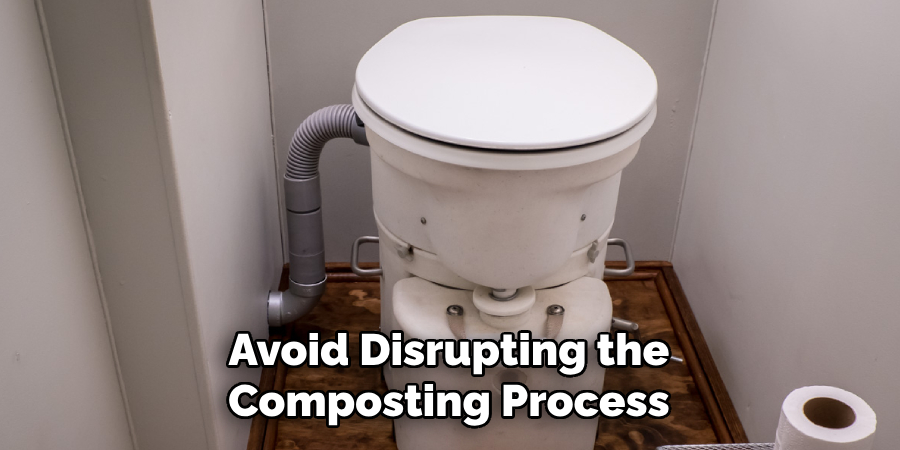
10 Methods How to Maintain a Composting Toilet
1. Regularly Check and Maintain the Composting System
To keep your composting toilet in top working condition, regular checks and maintenance are essential. Start by reviewing the composting chamber’s contents every few weeks. This will allow you to ensure that the composting process is progressing as expected. The compost should be moist, but not overly wet.
If it appears too dry, you can add water or a moisture-retaining material like peat moss to maintain the right balance. On the other hand, if it’s too wet, it could cause odors or slow down the decomposition process. A good rule of thumb is to monitor the composting system regularly to ensure that the right conditions are being maintained for efficient decomposition.
2. Stir the Compost to Promote Aeration
The decomposition process in a composting toilet relies heavily on aerobic bacteria that need oxygen to break down organic waste. To facilitate this, it’s important to stir the compost every few weeks. Stirring the compost helps to aerate the material and ensure the bacteria have the oxygen they need to work effectively.
Many composting toilets come with a built-in agitator or mixing tool to help you turn the waste. If your model doesn’t have one, you can use a shovel or a similar tool to stir the contents manually. Regular stirring helps prevent the formation of clumps or wet pockets and accelerates the composting process, resulting in a healthier, odor-free system.
3. Manage the Temperature in the Composting Chamber
Temperature plays a significant role in the speed and effectiveness of the composting process. For optimal performance, the composting chamber should be kept at a temperature between 50°F (10°C) and 80°F (27°C). If the temperature is too low, the decomposition process will slow down significantly, while too high a temperature can create an unpleasant smell.
To maintain an ideal temperature, consider insulating your composting toilet during colder months, particularly if you live in an area with freezing temperatures. You can also place the toilet in a location with adequate sunlight to naturally warm the composting chamber. If necessary, some advanced models have heaters that can help maintain a constant temperature.
4. Add Carbon-Rich Material to Balance Nitrogen
In a composting toilet, a proper balance of carbon and nitrogen is crucial for the decomposition process. Human waste is rich in nitrogen, so it’s important to add carbon-rich materials such as sawdust, straw, leaves, or shredded paper to the compost. These materials help balance the compost mixture, reducing odors and speeding up the breakdown of organic matter.
After every use, sprinkle a layer of carbon material on top of the waste. This helps absorb moisture, neutralize smells, and keep the compost healthy. It also helps prevent the compost from becoming too acidic, which could harm the decomposition process.
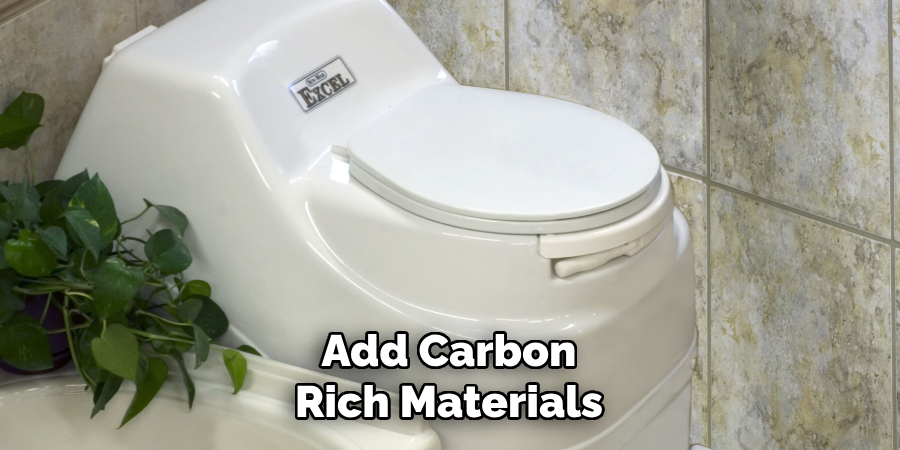
5. Monitor and Maintain Proper Ventilation
Good ventilation is key to maintaining a composting toilet. Proper airflow allows the compost to dry out and reduces the buildup of foul odors. Most composting toilets come with a ventilation system, such as a vent pipe, which should be checked periodically to ensure it’s free of blockages. The vent should ideally extend above the roofline to allow for the proper flow of air.
If you notice any odors, inspect the vent to ensure it’s not obstructed by debris or other objects. In some models, you may need to replace the fan or clean the ventilation system to ensure it’s working efficiently. By maintaining proper ventilation, you can ensure that your composting toilet remains odor-free and efficient.
6. Remove Finished Compost Regularly
Once the composting process is complete, you’ll need to remove the finished compost to make room for new waste. The compost should look like dark, crumbly soil, and it should no longer resemble its original waste form. The removal schedule will vary depending on the size of the composting toilet and how often it’s used. Typically, every 6 months to a year is a good timeframe to check the compost.
Make sure to follow your manufacturer’s instructions on how to safely remove and dispose of the compost. Some composting toilets feature a system where the compost is gradually moved to a separate bin, making the process easier. If you’re composting for use in a garden, it’s essential to ensure the compost has fully broken down and that there are no recognizable pieces of waste left before using it in your garden.
7. Clean the Toilet Seat and Surrounding Area Regularly
While the composting chamber is the primary focus, regular cleaning of the toilet seat and surrounding areas is also essential for hygiene. Wipe down the seat, lid, and surrounding surfaces with a mild, non-toxic cleaner to remove any residue or spills. Be careful not to use harsh chemicals, as these can interfere with the composting process and harm beneficial bacteria. A regular cleaning routine will keep the toilet fresh and pleasant to use. Additionally, cleaning the exterior of the toilet helps prevent the buildup of dust or grime, ensuring that your composting toilet remains in good condition over time.
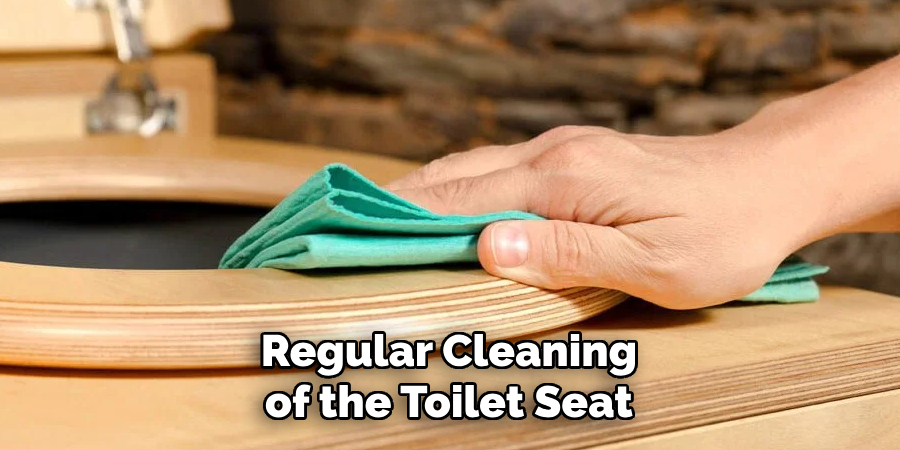
8. Perform Routine System Checks and Maintenance
Aside from regular stirring and monitoring of the compost, it’s important to perform periodic checks on the overall system of your composting toilet. Look for any signs of wear and tear in the seals, fans, ventilation pipes, and the composting chamber itself. Inspect the electrical components (if applicable) to ensure they’re functioning properly. For example, check the fan and heater to ensure they’re running smoothly and efficiently. If your composting toilet has a power supply, be sure to check the battery or electrical connections regularly. Regular system checks will help identify potential issues early on, allowing you to address them before they become bigger problems.
9. Address Odor Issues Promptly
Occasionally, you may encounter odors even in a well-maintained composting toilet. If this happens, don’t panic, as there are several ways to address the issue. First, check the balance of carbon and nitrogen in the compost. If the compost is too wet or contains too much nitrogen-rich material (such as urine), it can produce unpleasant smells. Add more carbon-rich materials and ensure the compost is properly stirred. If odors persist, check the ventilation system to make sure it’s working properly. A clogged or malfunctioning vent can cause the buildup of smells inside the composting toilet. Finally, consider using natural odor-neutralizing agents, such as activated charcoal or baking soda, to reduce any unwanted smells.
10. Follow Local Regulations for Compost Disposal
Once you’ve successfully composted the waste, be sure to follow local regulations regarding the disposal of composted material. In some areas, composted human waste may be used as fertilizer for certain non-edible plants, while in others, it may need to be disposed of in a specific way. Always consult your local health department or waste disposal service to ensure that you are in compliance with local laws. Many composting toilet systems are designed with environmentally-friendly disposal in mind, so taking proper care of the finished compost will help you contribute positively to the environment while maintaining a hygienic system.
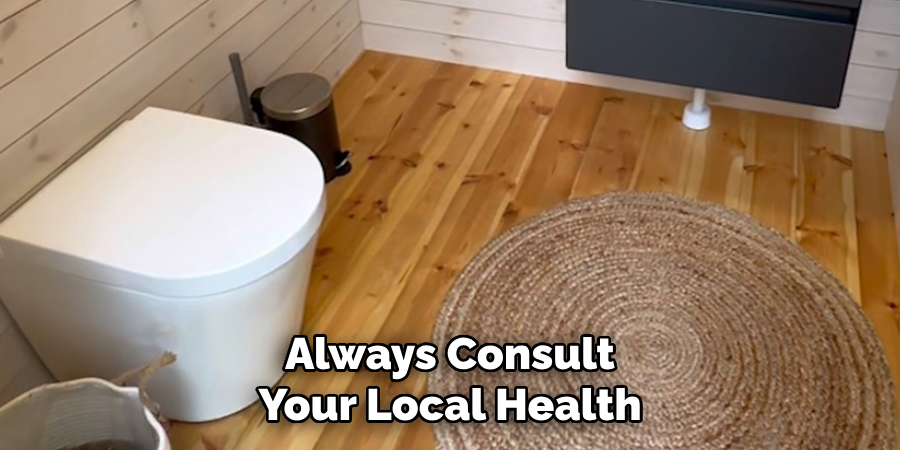
Conclusion
In conclusion, composting toilets provide an eco-friendly and sustainable solution to waste management. By properly maintaining the system and adhering to local regulations, you can reduce your environmental impact and promote resource conservation. With the added benefit of creating usable compost for certain applications, these systems represent a practical and responsible choice for those looking to live more sustainably. Thanks for reading our blog post on how to maintain a composting toilet! We hope you found it helpful and informative.

